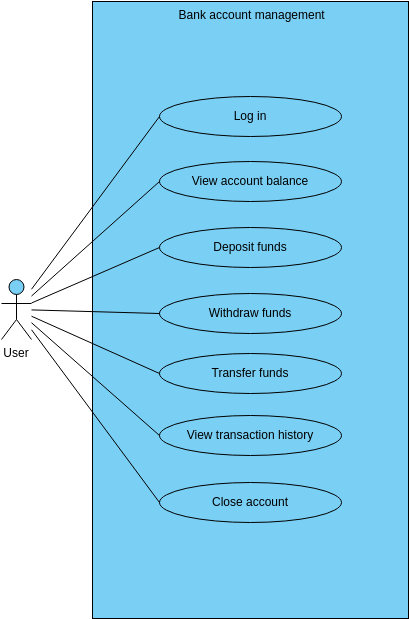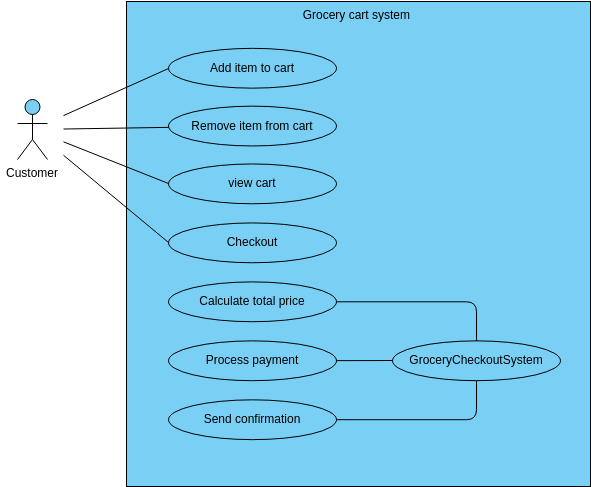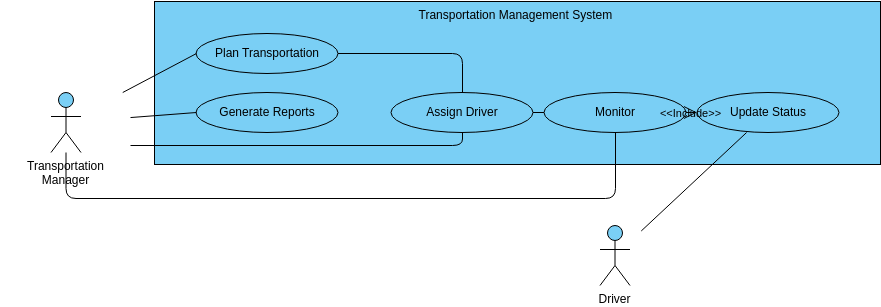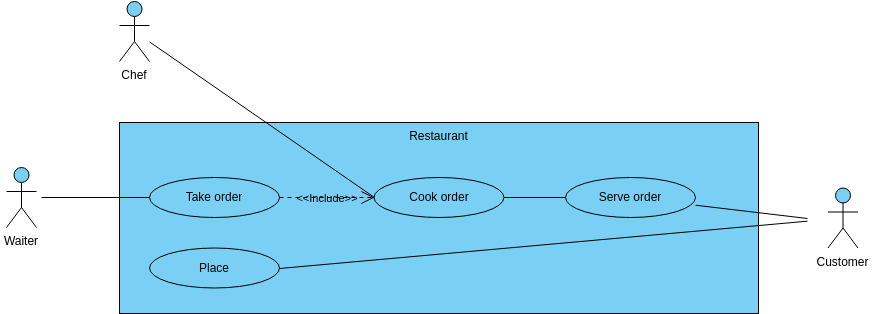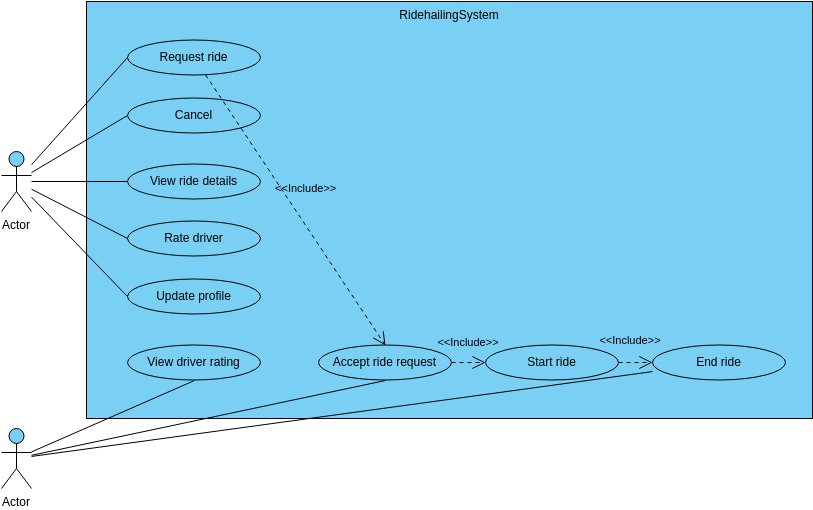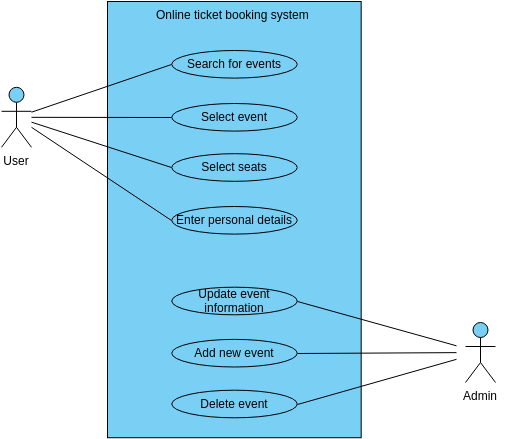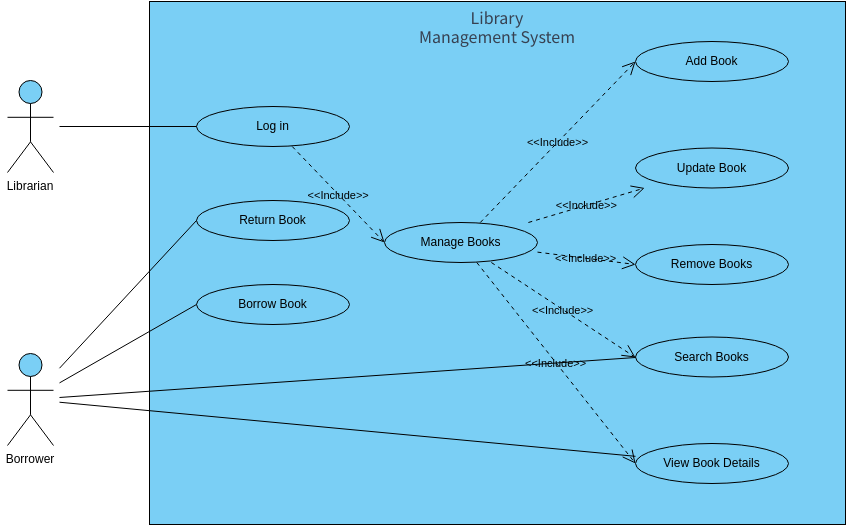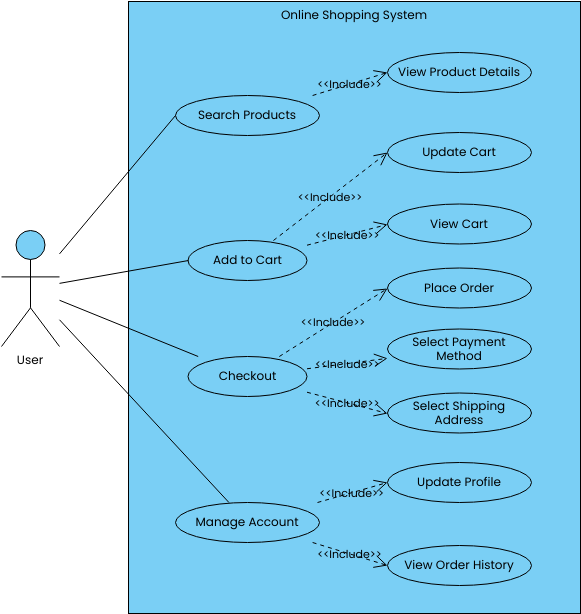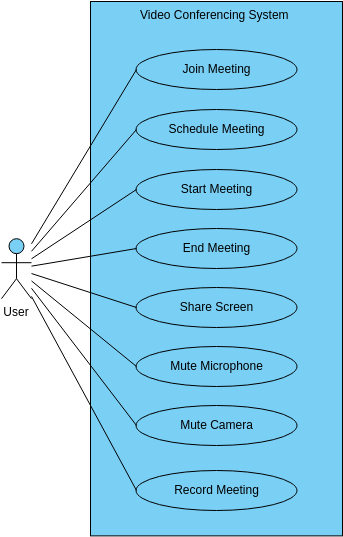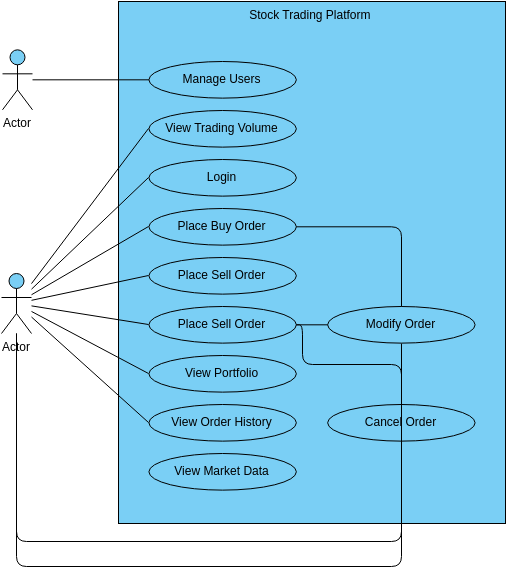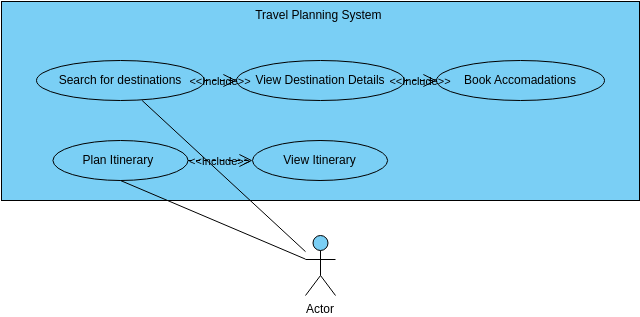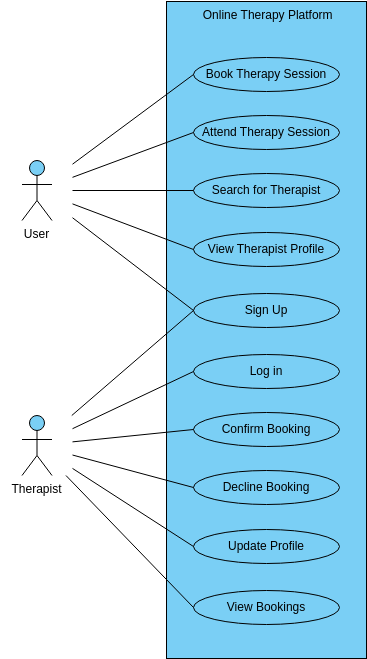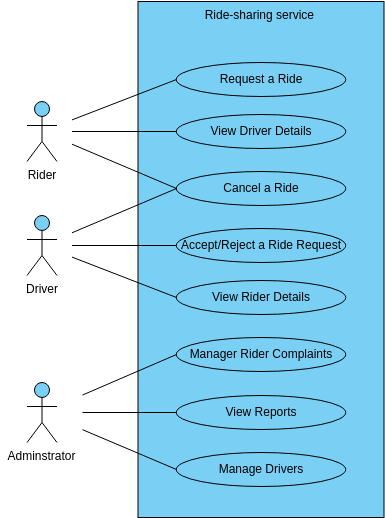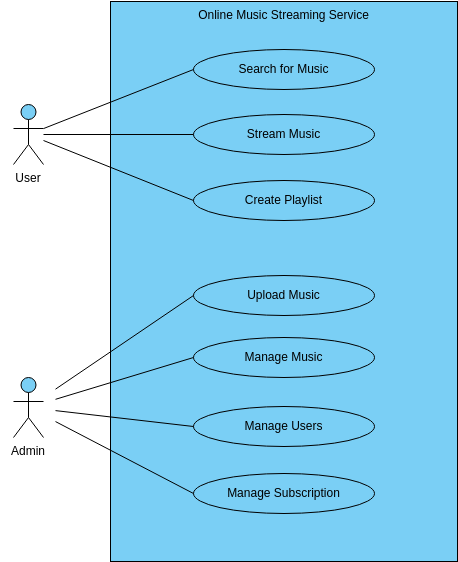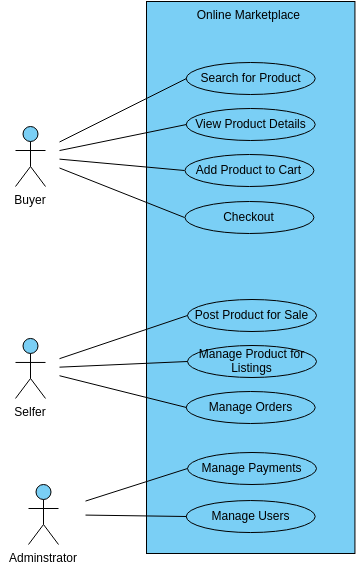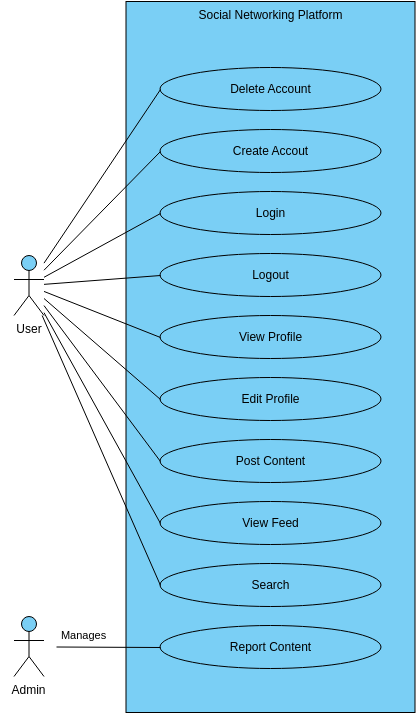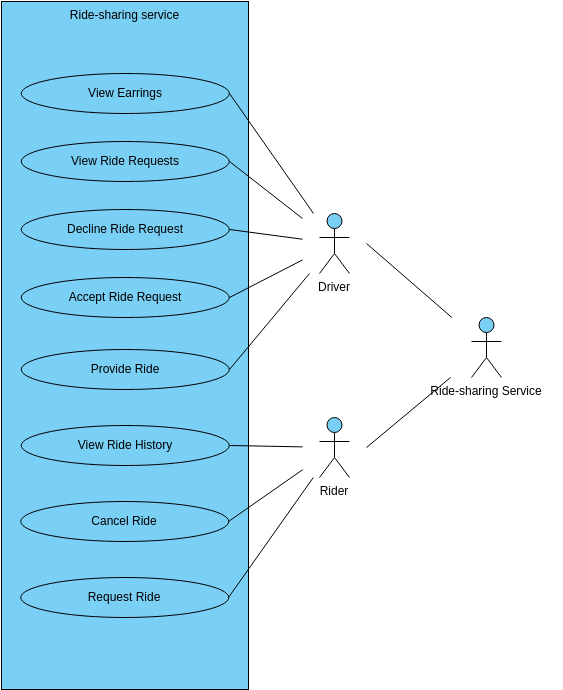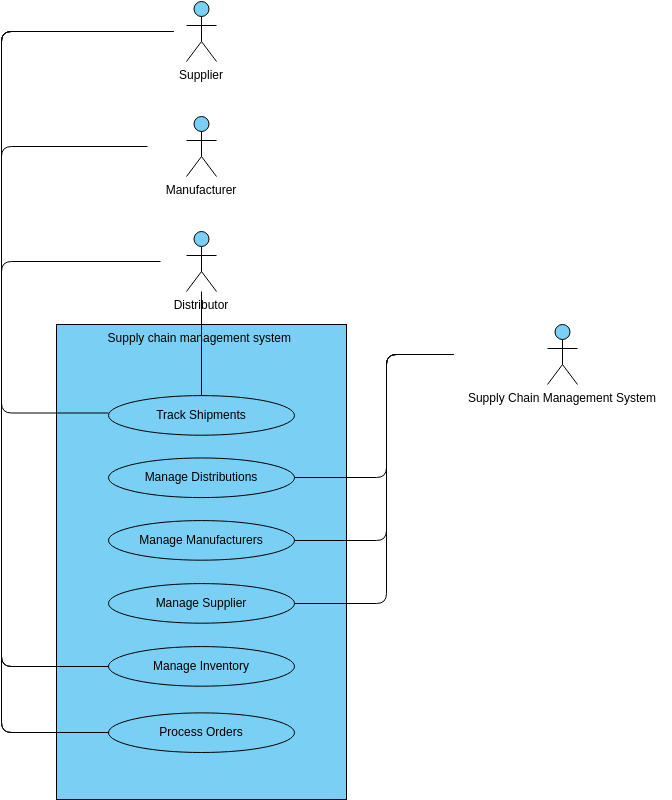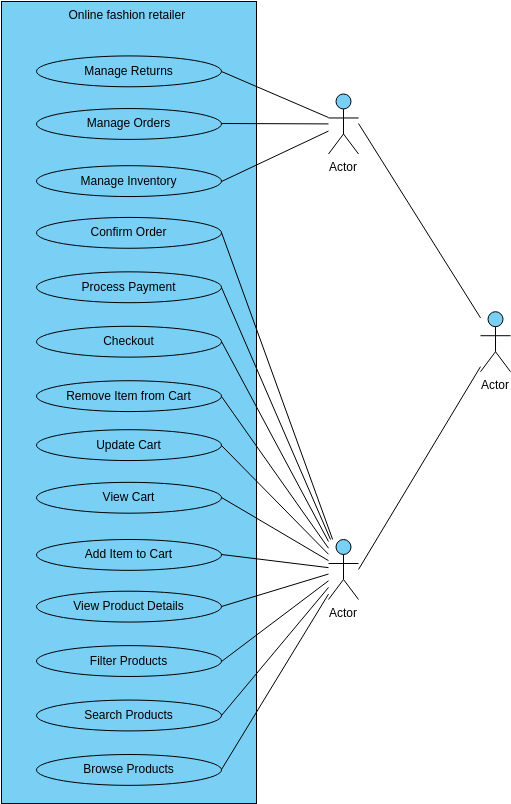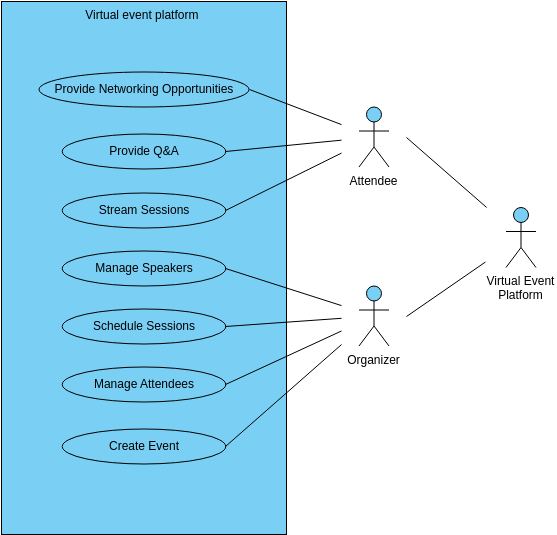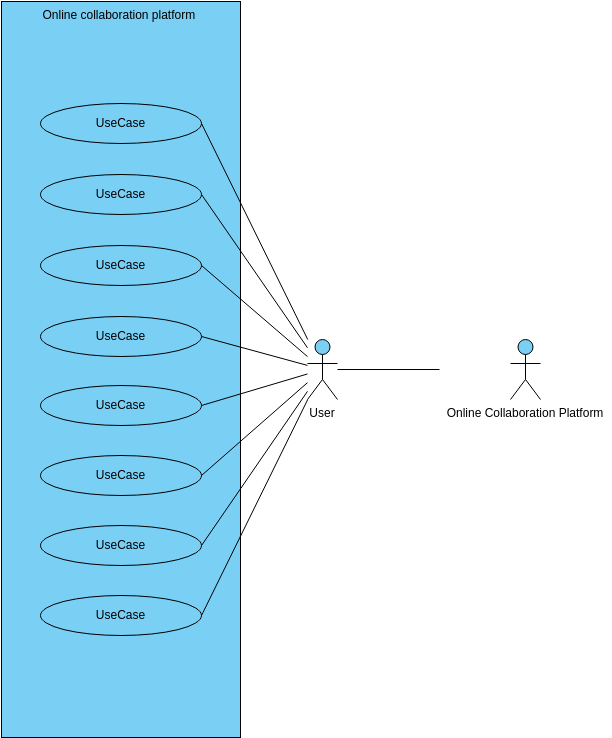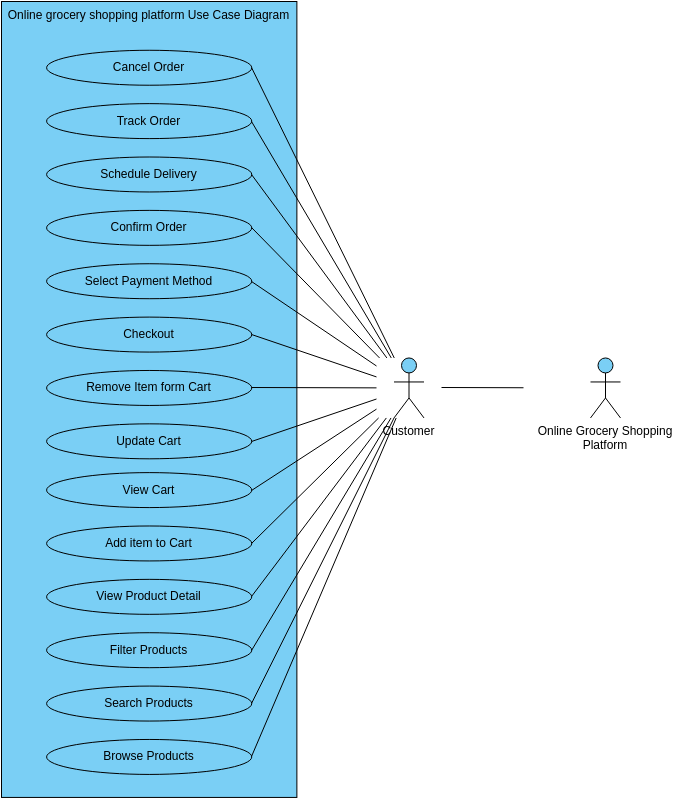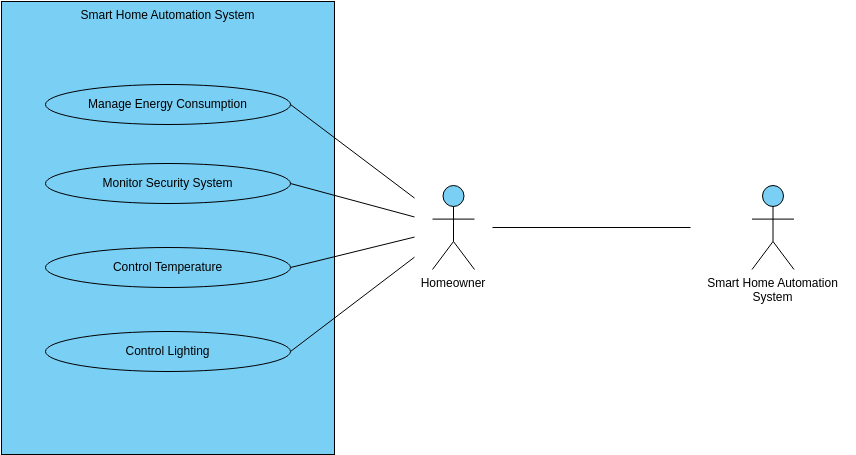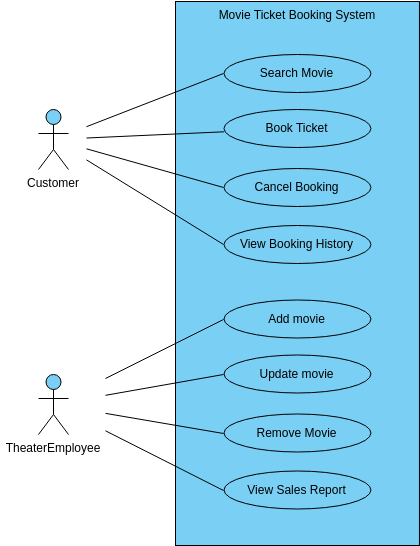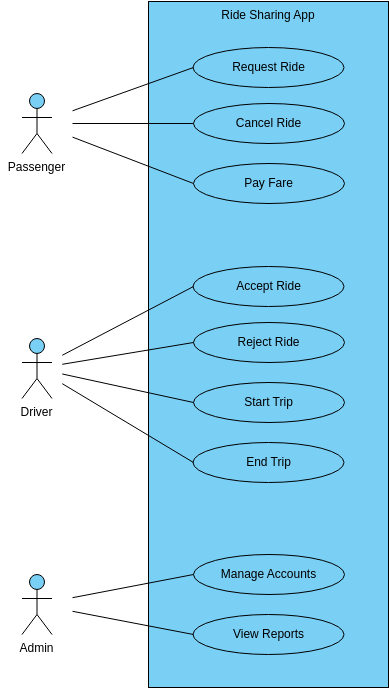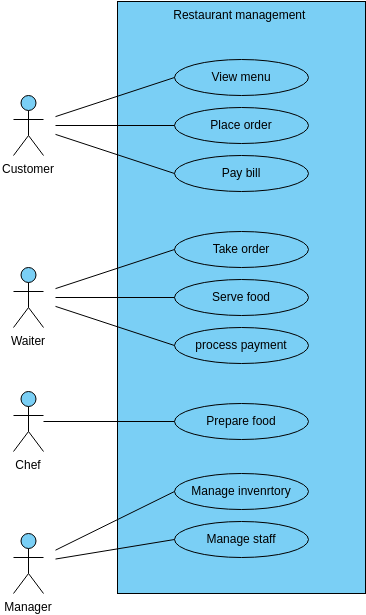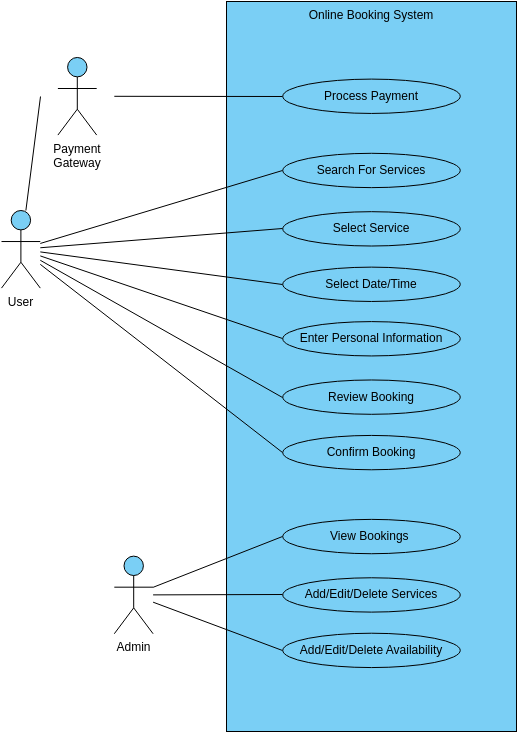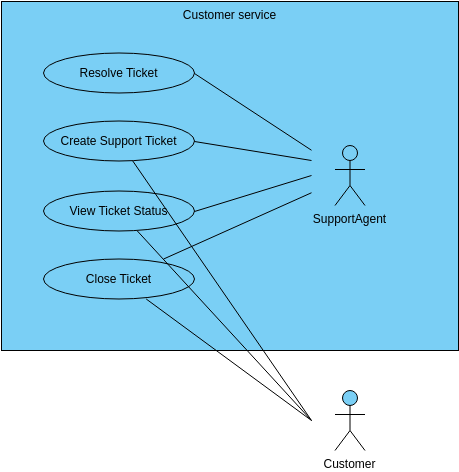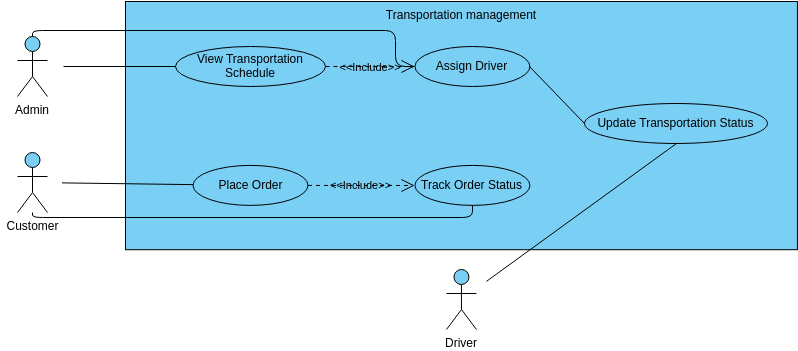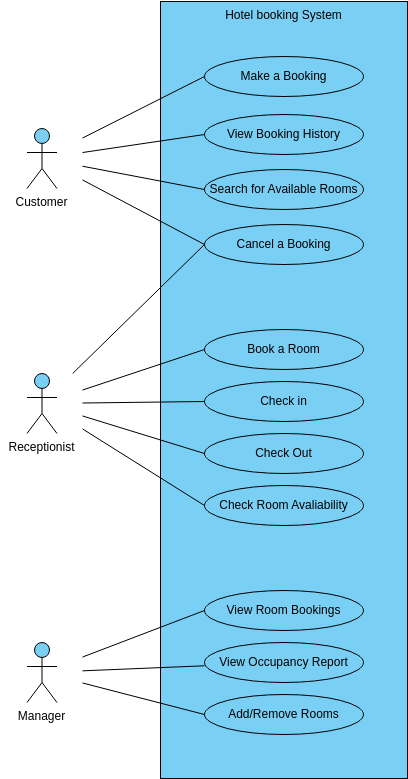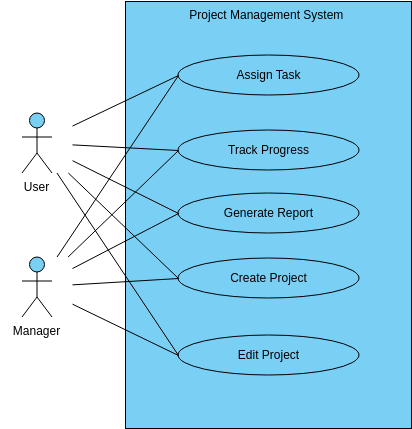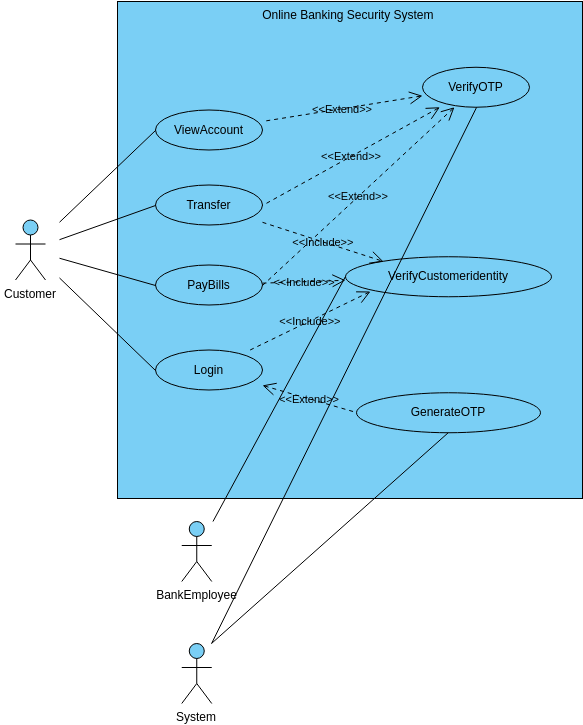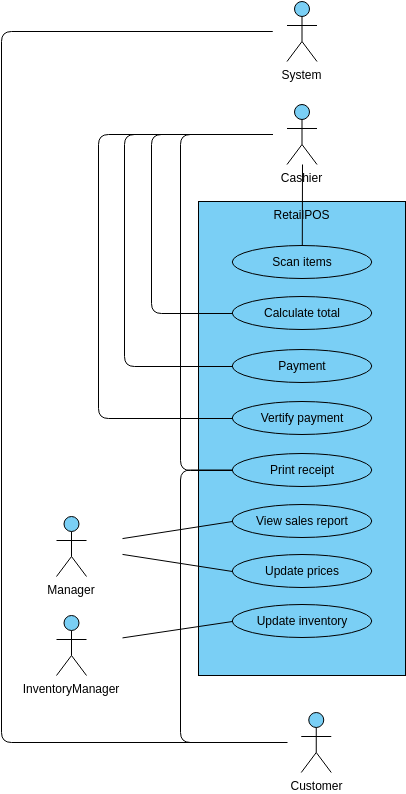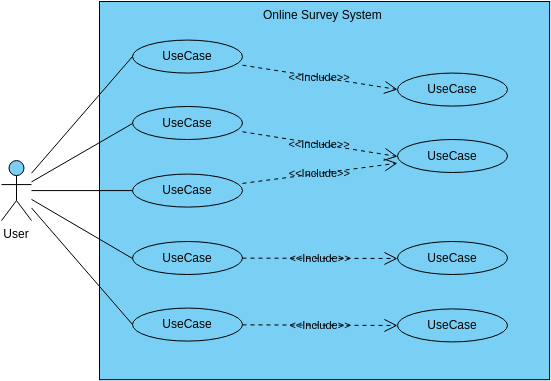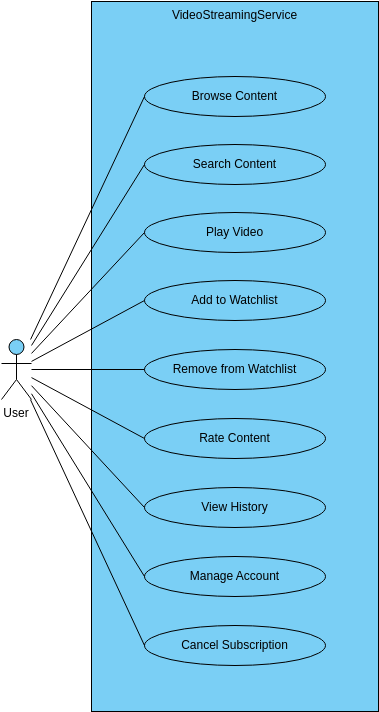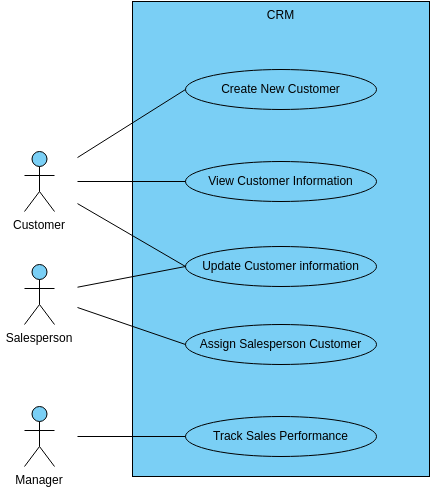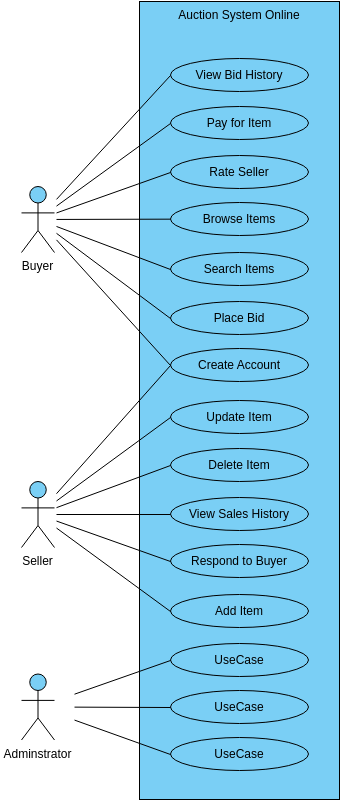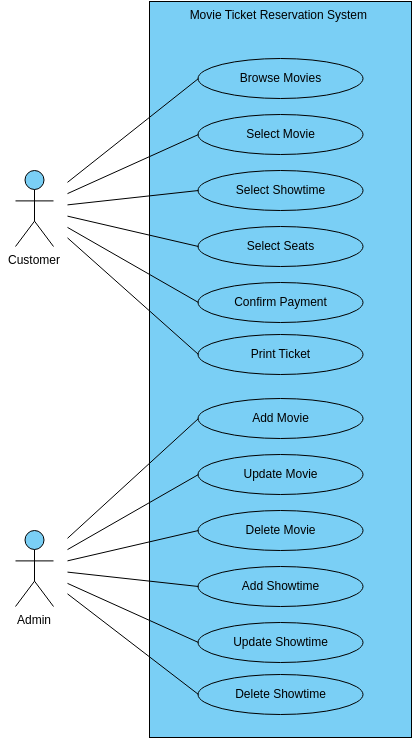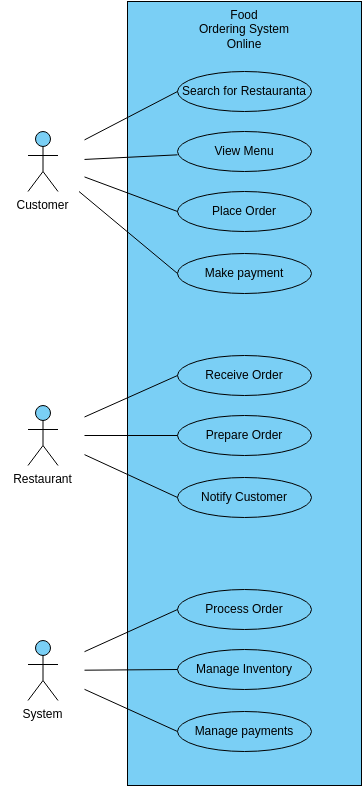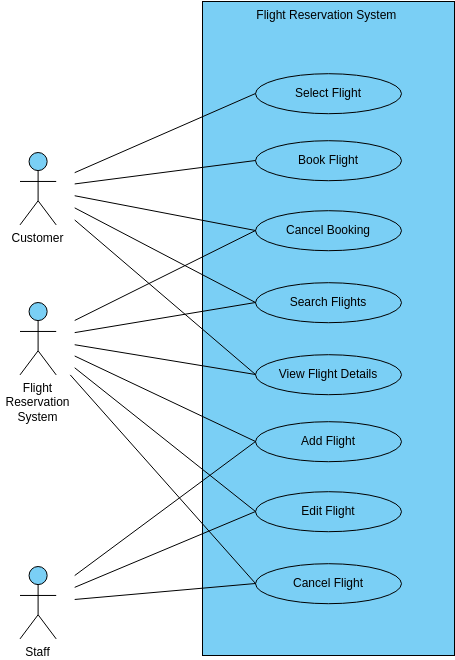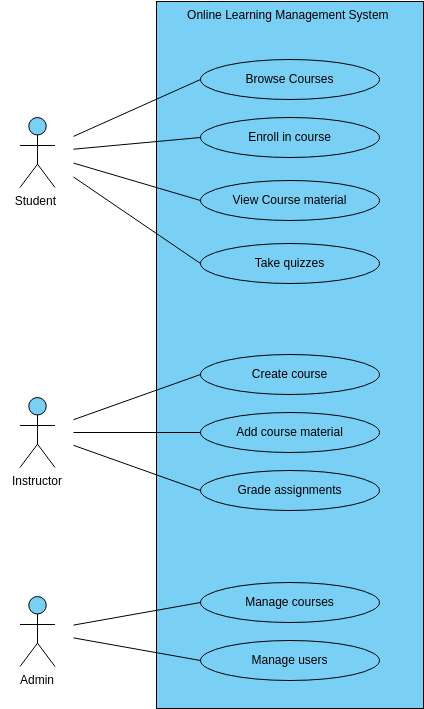Bank account management use case diagram
A use case diagram for a bank account management system includes several critical functionalities. The "Log in" use case involves user authentication and authorization, ensuring that only authorized users can access their account information. The "View Account Balance" use case allows users to monitor their financial activity and budgeting. The "Deposit Funds" use case involves users adding money to their account balance, and the "Withdraw Funds" use case involves users withdrawing money from their account balance. Both use cases provide users with flexible and reliable options for managing their finances.
The "Transfer Funds" use case allows users to transfer money from one account to another, within the same bank or to an external bank. This use case is important for moving money between accounts or paying bills. The "Close Account" use case involves users closing their account with the bank. The bank account management system may have rules and policies around account closure, such as a fee or a process for transferring funds.
Creating a use case diagram for a bank account management system can provide several benefits to an organization. Firstly, the diagram can identify all the different interactions that users have with the system and the various tasks that need to be performed. This ensures that all necessary functionality is included in the system and is designed to meet the needs of users. Secondly, the diagram can improve communication and collaboration between stakeholders. By visualizing the different use cases and how they relate to each other, stakeholders can better understand the overall functionality of the system and how it meets the needs of users.
In addition, the diagram can facilitate discussions around potential improvements or changes to the system, allowing stakeholders to identify opportunities for enhancement and innovation. This brings together different perspectives and insights, ensuring that the bank account management system is designed to deliver maximum value to the organization and its users. Finally, the diagram can improve user experience and customer satisfaction by providing users with flexible and reliable options for managing their finances, accessing their account information, and making transactions.
Why is it important to create a use case diagram?
Creating a use case diagram is important for several reasons. Firstly, it helps to ensure that the system is designed to meet the needs of all stakeholders. By identifying all the different interactions that users have with the system and the various tasks that need to be performed, the diagram ensures that all necessary functionality is included in the system. This helps to improve the efficiency and effectiveness of the system, ensuring that it meets the needs of users and the organization.
Secondly, a use case diagram can serve as a valuable tool for communication and collaboration between stakeholders. By visualizing the different use cases and how they relate to each other, stakeholders can better understand the overall functionality of the system and how it meets the needs of users. This can help to align the goals and expectations of different stakeholders and ensure that everyone is working towards a common goal. Additionally, the use case diagram can help to facilitate discussions around potential improvements or changes to the system, allowing stakeholders to identify opportunities for enhancement and innovation. By bringing together different perspectives and insights, a use case diagram can help to ensure that the system is designed to deliver maximum value to the organization and its users.
Are you looking for use case diagram templates? Head over to Visual Paradigm Online and choose from a variety of designs that can be customized to your liking!
